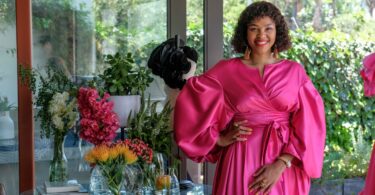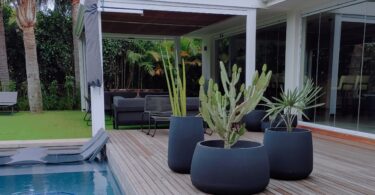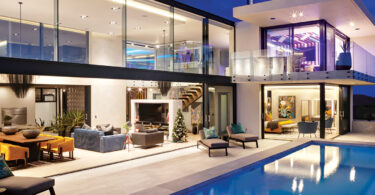University of the Witwatersrand Student, Nontokozo Mhlungu has clinched the prestigious national Corobrik Architectural Student Award for 2012, beating finalists from seven other universities around South Africa to the winning post. In her thesis entitled “Hillside Sanctuary: Reception centre for the urban refugee” Mhlungu explored a refugee’s survival strategies in Johannesburg. We chat to Nontokozo to find out her plans for the future and how she hopes to impact on the local architectural community…
What inspired you to come up with your “Hillside Sanctuary: Reception centre for the urban refugee” thesis?
The thesis was inspired by my desire to create an architecture that is meaningful and useful to society. After watching an episode of the programme “Special Assignment” on TV where they showed an innocent Zimbabwean person being burnt to death by a community in one of the local townships, I felt a sense of empathy and I felt the need to design something that addressed the issues faced by refugee and asylum seekers in South Africa, particularly in the city of Johannesburg.
How do you plan to impact the local architectural community with your designs?
I hope to impact local architecture by catering to the needs of your everyday man on the street. Architecture creates identities for communities and I think it’s time we start creating positive identities for our local community. Architecture needs to start serving the ordinary, man not just the affluent.
Top trends in architectural design?
The top trend in architecture right now has to be sustainable design or “green design”. I feel this shouldn’t just be a trend, but must be integrated as a standard part of the design process. Especially in architecture school, sustainable design should be taught from as early as 1st year.
What do you see as the challenges facing young South African architectural designers?
The biggest problem we face as young designers is creating our own identity. I think this is due to the fact that none of us really have been able to embody what being an architect in South Africa is like. We still very strongly rely on America and Europe to set the trends and then we follow. I feel that “our unique African” stamp is still missing in the global sphere of architecture. Although I’m not talking about creating awkwardly kitsch “rondavaals” and calling them African, I’m talking more authentic design that successfully addresses our climate, regional terrain and diverse communities.
How do you promote environmentally-sustainable development practices in your designs?
From the brief I had set for myself, the idea was to create a facility that would be self-sustainable, robust and simple to maintain as it would be catering for large numbers of transitional occupants, who would use the facility for a short while. Thus the main ideas was to be able to save on water, by harvesting rain water and reusing for ablution and laundry purpose and general irrigation around the centre. Another large sustainable element of the design was the utilisation of natural sunlight to heat the facility as well as orientating the building in such a way that it allows for the interior to be lit naturally without relying too much on electricity.
How do you plan to use your prize money?
Well a large portion of the money went towards settling my student fees at the university, so I guess I’ll have to save a little more to be able to fulfill my dream to travel to France and see some of famous architect’s Le Corbusier’s buildings, many of which I referenced in my thesis. So being able to see first-hand the work I admire so much would be a blessing.
For additional information on all of the finalists please visit www.greenisthenewgold.co.za or www.corobrik.co.za












Leave a Comment